RECOMMENDED NEWS
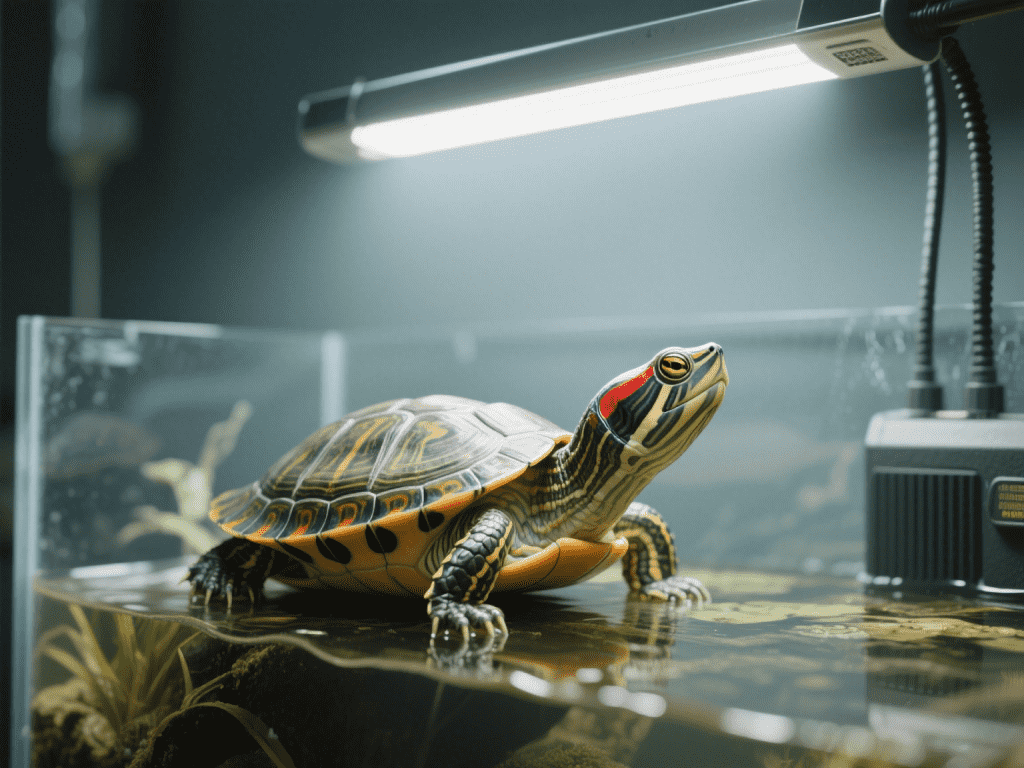
Optimizing UV Light in Your Turtle Habitat
UVB lighting is non‑negotiable for captive turtles—it drives vitamin D₃ production, enabling c...
Read More →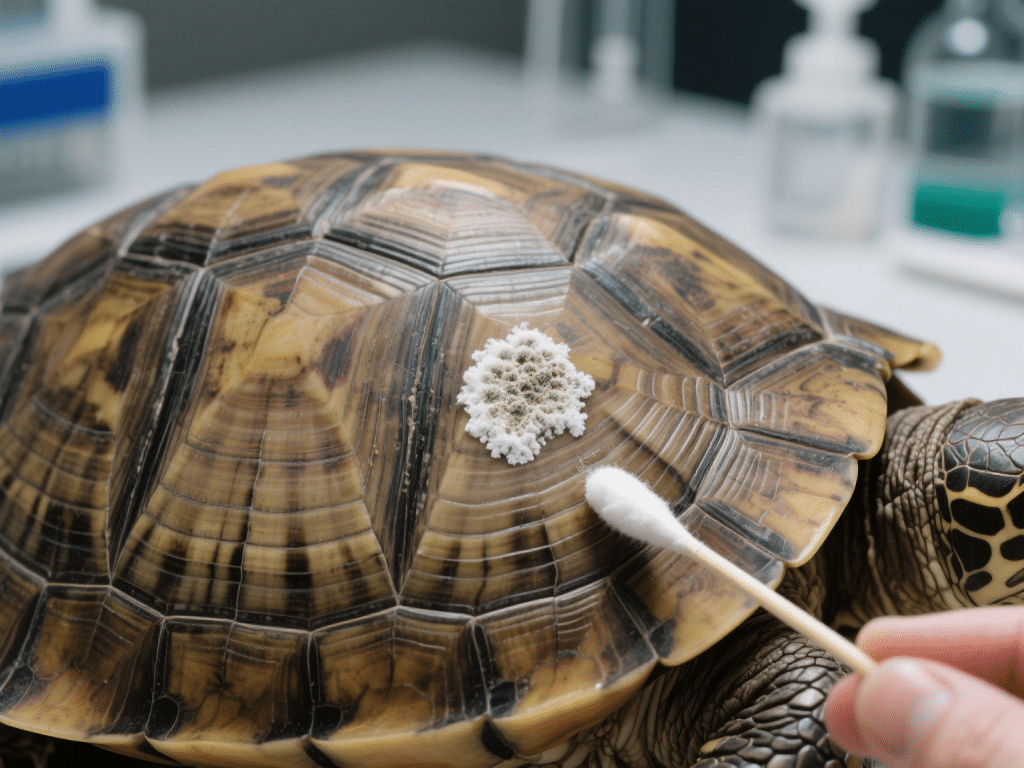
Preventing & Managing Shell Rot: Diagnosis, Treatment & Long-Term Care
Shell rot—a bacterial or fungal infection of the carapace and plastron—presents a significant he...
Read More →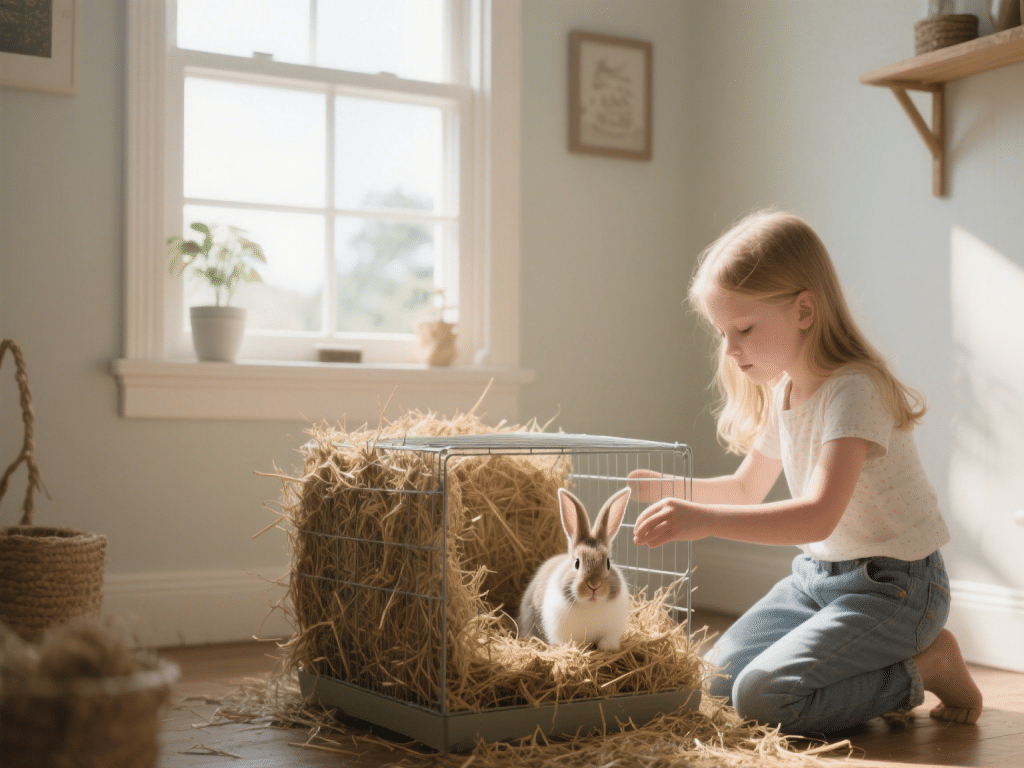
Understanding Rabbit Dental Health: Preventing Malocclusion Naturally
Rabbits possess open-rooted teeth that grow continuously—essential for their survival but a source...
Read More →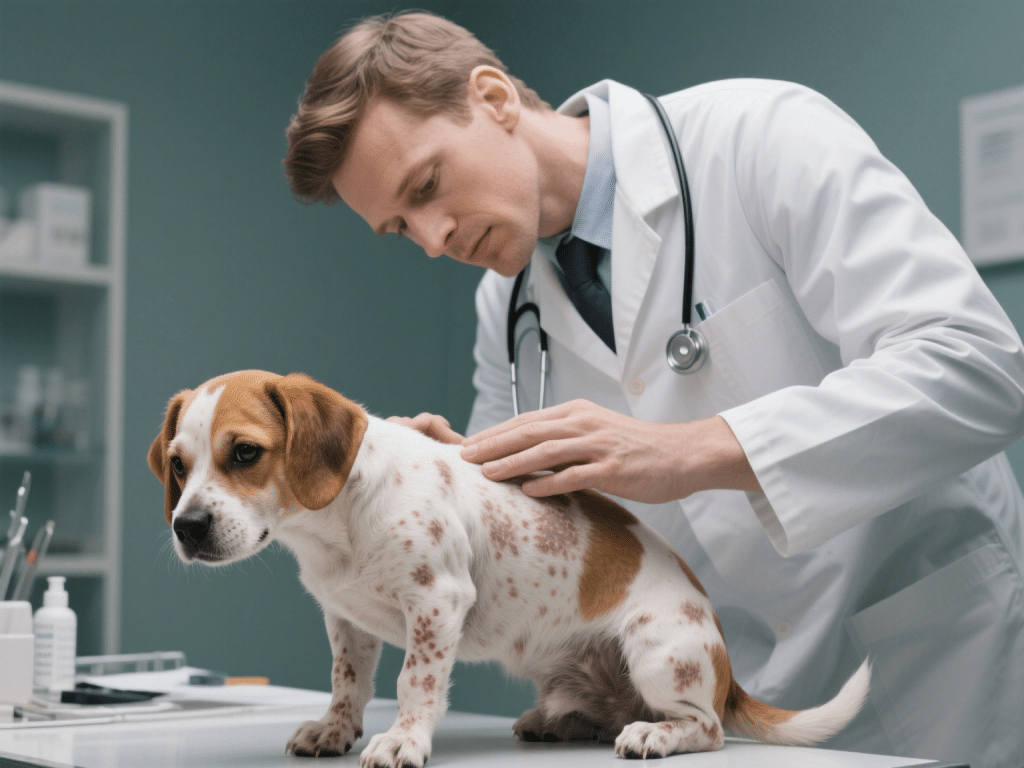
Balancing Omega Fatty Acids for Healthy Pet Birds
Optimal fatty acid balance is critical for skin, feather, and cardiovascular health in pet birds. Re...
Read More →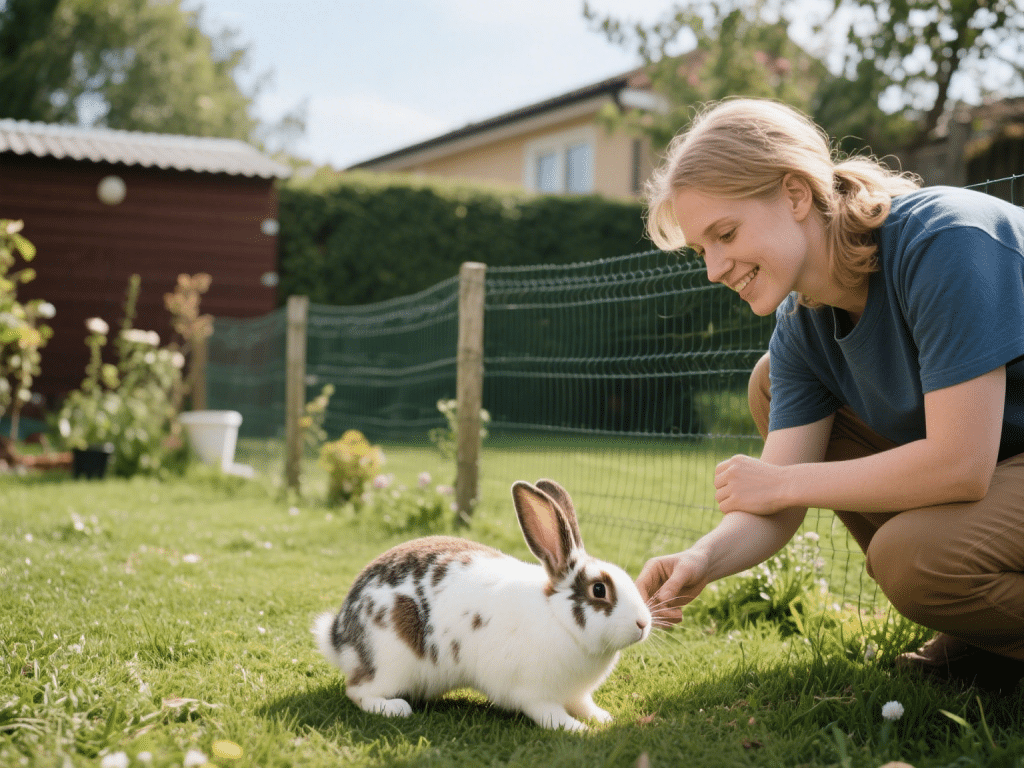
Preventing Obesity in Rabbits: Diet and Exercise Guidelines
Rabbits are prone to weight gain when fed unlimited pellets and housed without adequate space for mo...
Read More →
Leash Training 101: Teaching Your Dog to Walk Nicely
IntroductionWalking your dog should be an enjoyable bonding experience, not a tug-of-war. Leash trai...
Read More →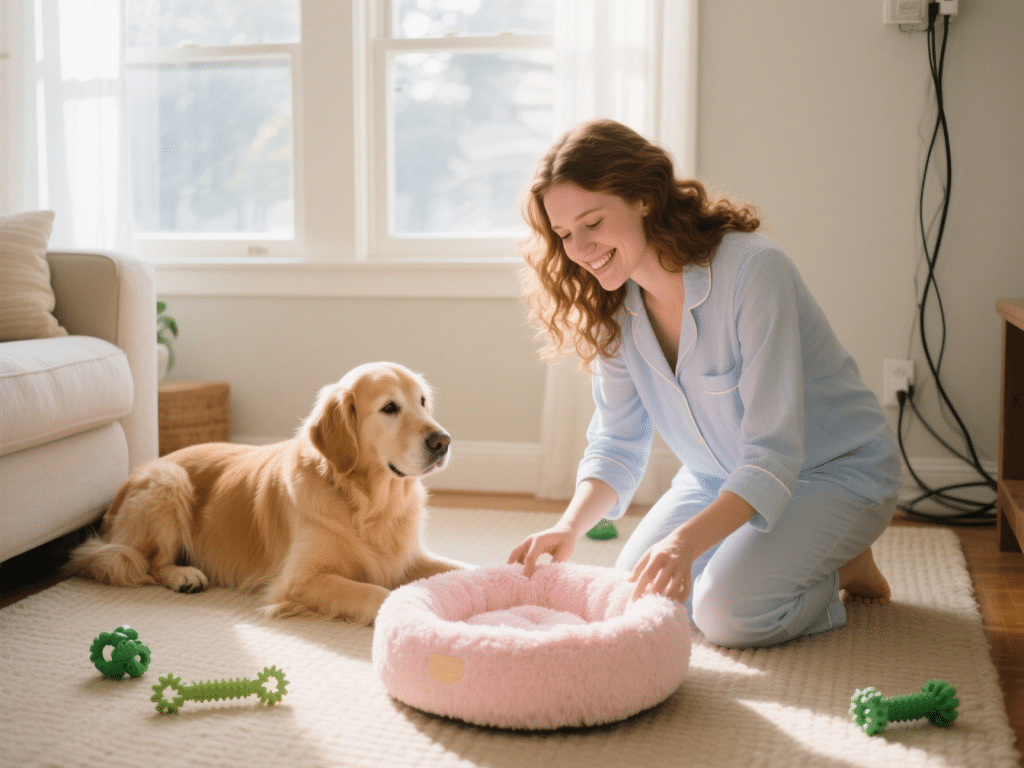
How to Create a Safe and Comfortable Home for Your Pet
How to Create a Safe and Comfortable Home for Your PetWelcoming a pet into your home is a joy, but t...
Read More →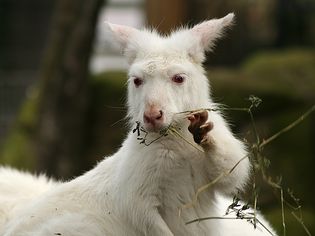
Should You Keep a Wallaroo as a Pet?
Wallaroos, like kangaroos and wallabies, are Australian marsupials that raise their young in furry ...
Read More →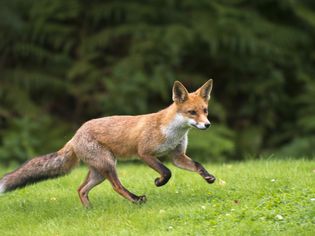
Should You Keep a Russian Red Fox as a Pet?
The tame Russian red fox is the only domesticated breed of fox, developed from selective breeding e...
Read More →
Comments on "How to Build a Pet-Friendly Garden: Tips for a Safe Outdoor Space" :